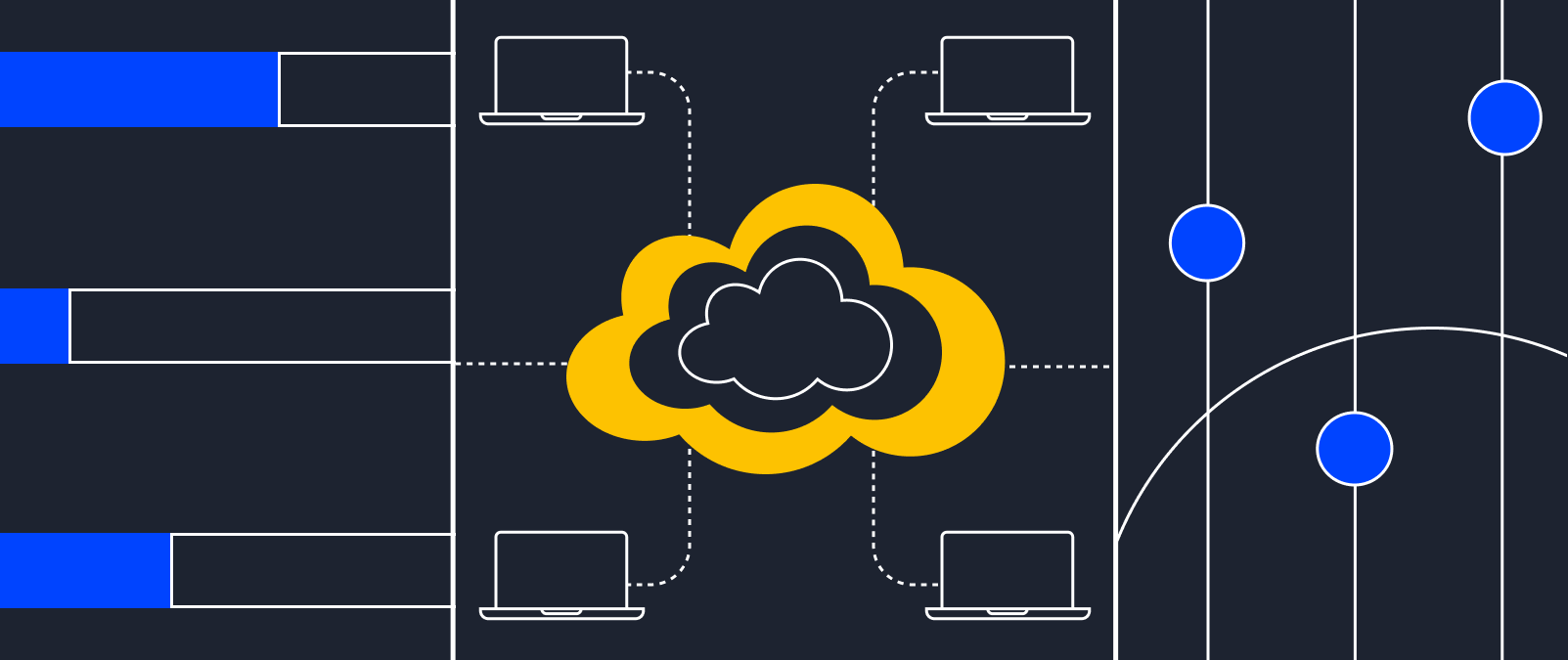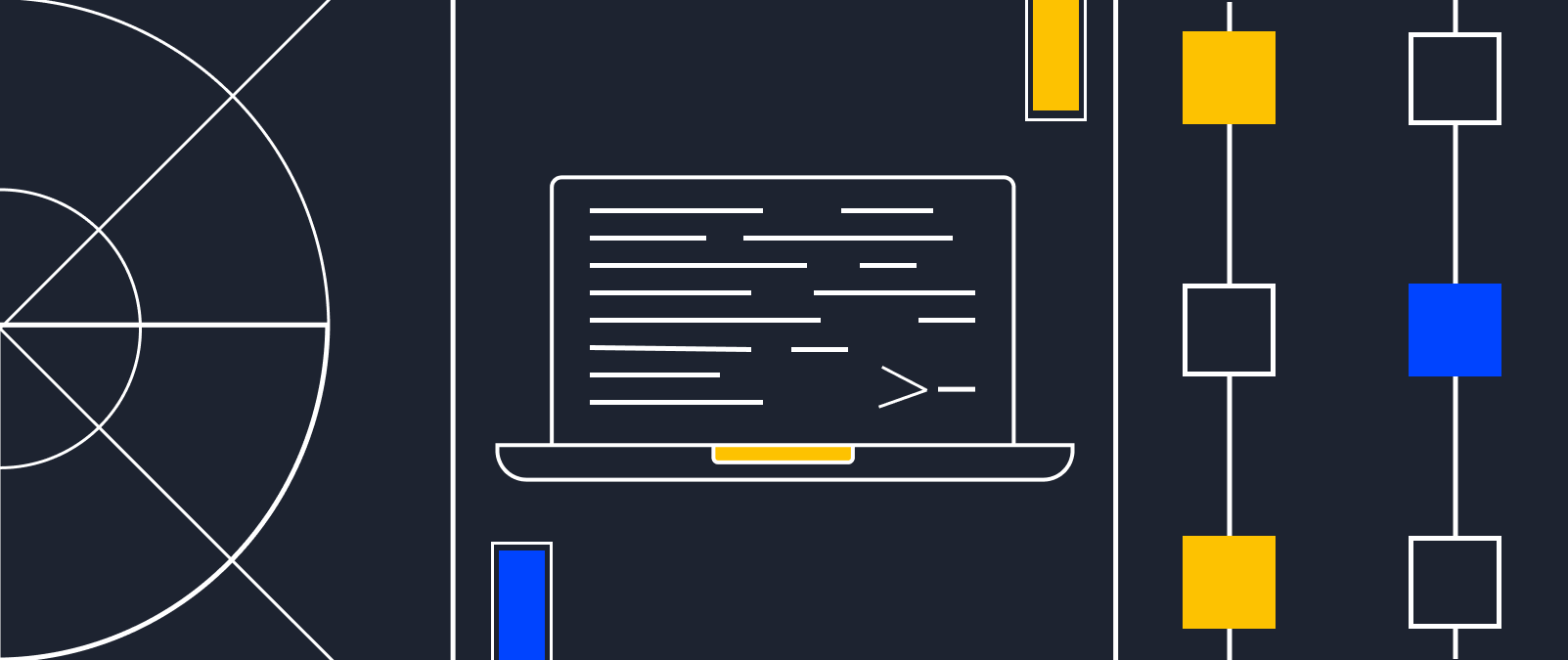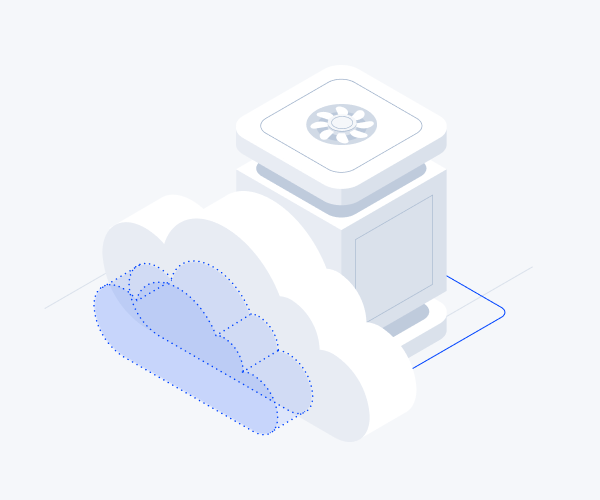Tier III Standard for Data Centers
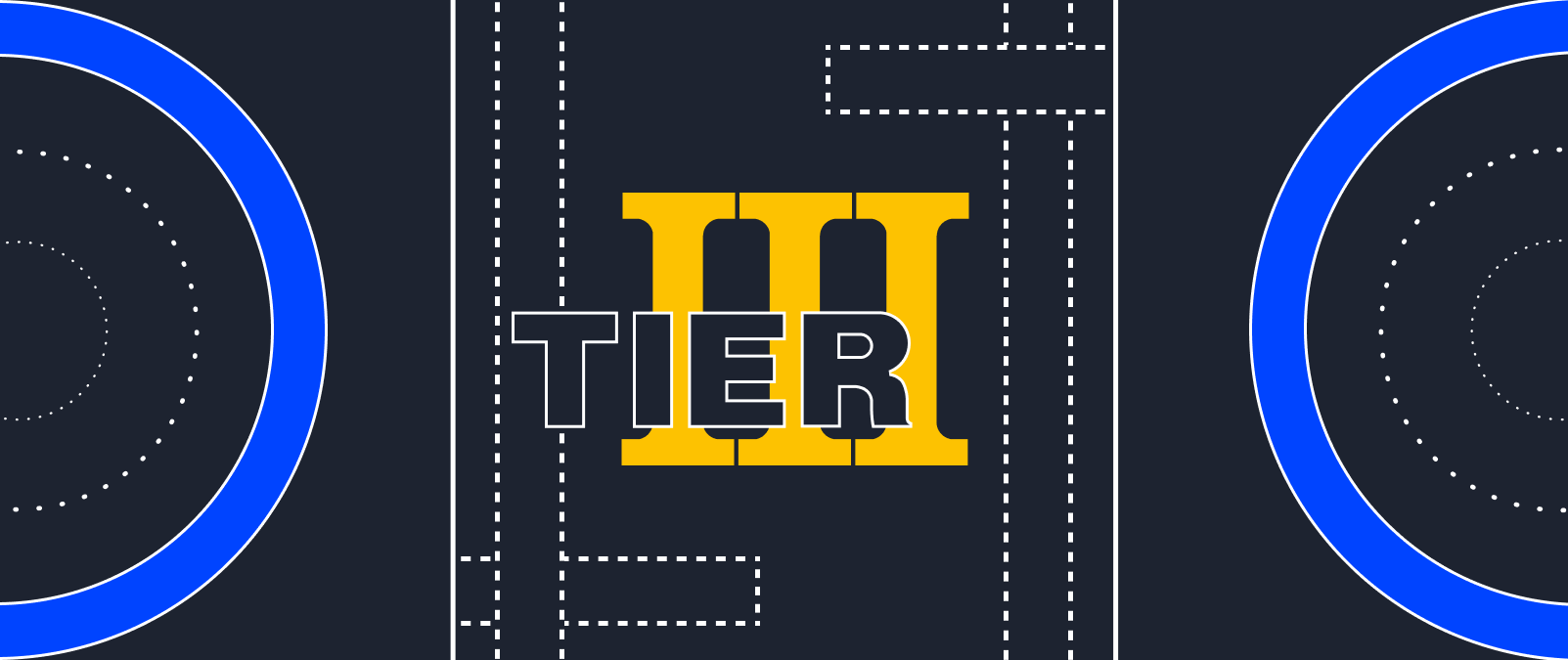
Today data is becoming an increasingly valuable asset for companies, and the reliability and availability of data centers are becoming a top priority. They provide storage, processing and transmission of data that is critical for the organization. However, how to understand that the data center guarantees continuous operation and data protection? One of the most well-known and widely used standards in this area is the Tier reliability standard. In this article, we will look at the Tier standard, its meaning and what advantages this standard provides to customers seeking high reliability in the protection and availability of their data.
What is Tier?
Tier is an internationally recognized guideline for classifying and evaluating the reliability and availability of data centers. The Uptime Institute Certification Institute developed this standardization system. It defines reliability levels based on specific requirements for the data center architecture and infrastructure. The purpose of the Tier standard is to create a clear understanding of the requirements and expectations regarding the reliability and availability of data centers.
Uptime Institute was founded in the USA in the late 1990s as an independent organization specializing in assessing the reliability and availability of data centers. One of the first achievements of the company was the creation of the Tier standard, which has become widely used and recognized in the industry. Tier levels were introduced to help organizations understand and define data center infrastructure and architecture requirements.
Initially, they defined only three levels of the Tier standard: Tier I, Tier II and Tier III. Tier I level corresponded to the lowest reliability and availability, while Tier III level provided a higher degree of reliability and availability. In 2008, a fourth level was added – Tier IV. It was designed for data centers that required maximum reliability and fault tolerance.
The Tier standard significance in the industry has grown rapidly. Many organizations have begun to strive for certification of their data centers according to this standard. Obtaining a Tier certificate from the Uptime Institute proved that the data center meets high standards of reliability and availability. Companies began to use the Tier standard as a basis for the design, construction and management of their data centers to ensure optimal operating conditions for their systems and data protection.
Over time, the сompany has made clarifications and additions to take into account changes in technology and industry requirements. Uptime Institute remains the leading authority in the field of certification evaluation of data center reliability and availability. They conduct training, consulting and auditing for organizations seeking to meet the Tier standard.
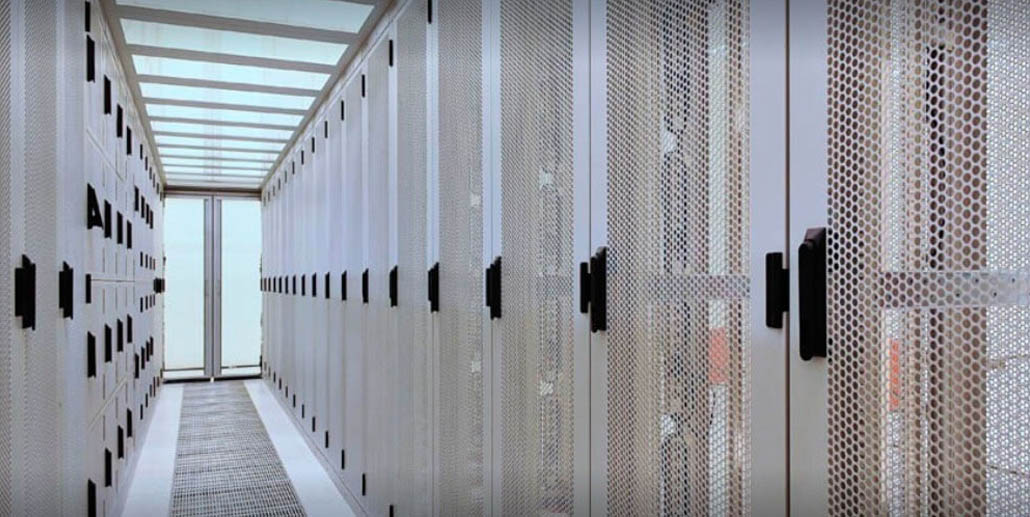
Tier Reliability Levels
As mentioned above, the Tier standard includes four main levels: Tier I, Tier II, Tier III and Tier IV. Each level represents an increase in the reliability and availability of the data center. Let's take a closer look at the main characteristics of each level:
Tier I
Tier I standard is the least advanced level of reliability and availability in data centers. The main features of the level:
- Provides one-time redundancy for the main components. It has one power supply line, there is no backup of power supply, and in case of a failure in the main power line, a downtime may occur.
- There may be no redundancy of cooling systems. This can lead to problems with the temperature regime in the event of a failure of the cooling system.
- Does not provide for the continuity of the system during maintenance or updating. If it is necessary to carry out maintenance or replacement of equipment, it may be necessary to stop the operation of the system.
- The availability level is at least 99.671% (approximately 28.8 hours of unavailability per year). This means that a Tier I data center may experience long downtime affecting the availability of data and applications.
A Tier I data center can be a suitable solution for small organizations or non-critical systems where availability and reliability may not be paramount requirements. If you depend on the continuous operation of applications and services, and also requires protection from risks and downtime, then higher Tier levels will be more appropriate choices.
Tier II
The Tier II data center of the Tier standard is more advanced in reliability and availability compared to the Tier I level. Here are the main features of the level:
- Provides double redundancy for some components, allowing scheduled maintenance without shutdown. It has two independent power supply lines. This provides some degree of redundancy and protection against failures of the main power supply line. In case of a failure, a short-term downtime may occur when switching to a backup line.
- There may be limited redundancy of cooling systems. In the event of a failure of the cooling system, there may be a risk of overheating, which can lead to problems with the operation of the equipment.
- Provides continuity for some systems during maintenance or upgrade. For example, continuity may be provided for some critical components, but not for the entire data center infrastructure.
- The availability level of the Tier II data center is at least 99.741% (approximately 22 hours of unavailability per year). This means that the Tier II data center has less downtime compared to Tier I, which ensures higher availability of data and applications.
A Tier II data center is a suitable choice for organizations that require increased availability and reliability of their systems, but are willing to accept some limitations compared to higher Tier levels.
Tier III
Tier III data center is the standard that many companies are guided by today when choosing a data center where to place their data.
Key Features:
- Provides double redundancy for all major components. It has two independent and fully redundant power supply routes. This means that in the event of a failure in one power supply line, the other line will automatically come into operation, ensuring uninterrupted power supply. This allows you to minimize the risks of downtime
- It has redundant cooling systems, which ensures stable temperature conditions, prevents overheating of the equipment and ensures optimal system operation.
- Provides an opportunity to carry out scheduled maintenance and updating of systems without interrupting the operation of the data center. This is achieved through the use of redundant systems and components that allow you to switch between them without downtime.
- The availability level of the Tier III data center is at least 99.982% (approximately 1.6 hours of unavailability per year). This means that the Tier 3 data center provides a very high level of data and application availability, with minimal downtime.
A Tier III data center is the preferred choice for organizations that require high availability and reliability of systems. This level of reliability is suitable for mission-critical business processes, where even small downtime can lead to serious financial and reputational losses.
Tier IV
Tier IV standard is the highest level of reliability and availability for data centers (data centers). It represents the maximum requirements for reliability and data protection. Main Features:
- It has two independent and fully redundant power supply paths with double redundancy on each path. This guarantees continuity of power supply even in case of failure of both paths.
- It has full redundancy of cooling systems. This allows you to maintain stable temperature conditions even if one of the cooling systems fails.
- Ensures complete continuity of the system during any planned work, maintenance or updates. This is achieved due to the presence of redundant systems, components and even physical divisions that ensure the operation of the data center without downtime.
- The availability level of the Tier IV data center is at least 99.995% (approximately 26 minutes of unavailability per year). This means that the Tier IV data center provides almost continuous availability of data and applications with minimal downtime.
Tier Certificates
Tier certificates come in three categories: Design, Facility, and Operations.
Design
The Tier data center plays a key role in ensuring the reliability and availability of systems. This aspect includes the following features: power redundancy, cooling redundancy, continuity during maintenance and physical security.
Facility
The Tier data center includes systems, infrastructure and components that ensure the operation of the data center in accordance with the requirements of the Tier standard. It includes the following features: redundancy of generators, redundancy of cooling systems and monitoring and monitoring systems.
Operations
Tier data centers include infrastructure management and support, ensuring its continuous operation and compliance with the requirements of the Tier standard. In this aspect, the following features are important: resource management, maintenance and updates, monitoring and response, backup systems and trained personnel.
Tier certification is not mandatory for all data centers, and some of them may be built in accordance with Tier 3 standards, but not receive a specific level of certification. This may be due to various factors, including the cost of certification itself. The certification process can be expensive, and these costs can be transferred to customers in the form of increased cost of services.
Serverspace data centers
Serverspace places its equipment in 6 data centers around the world. In 2023, it is planned to open new locations with data centers that meet the high standard of Tier III reliability. All data centers with which the cloud provider cooperates meet high reliability standards. Let's get to know the data center closer.
DataSpace is a Tier III data center where Serverspace equipment is located. This data processing center is the first in Russia to have passed the full cycle of Tier III Gold Uptime Institute certification in three categories: Design, Facility and Operations. This certificate confirms that the data center infrastructure presented in the project documentation complies with Tier III standards established by the Uptime Institute. The evaluation is carried out solely on the basis of conceptual design and project documentation, which emphasizes the high level of compliance and reliability of this data center.
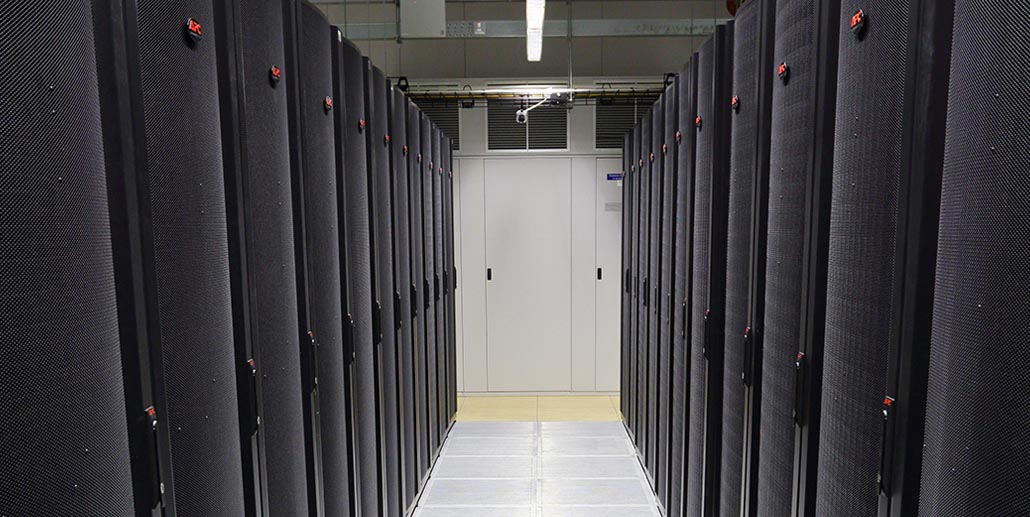
You can find out more about the data center on our website on the DataSpace page.
beCloud is a republican data processing center located in Belarus. It is a modular data center of the fourth generation, which provides a high level of reliability and security. beCloud is one of the largest complexes in the country and is the first data processing center (DPC) to receive Tier III certification. The data center has redundant power supply and cooling systems, which allows you to prevent downtime and ensure stable operating conditions of the equipment.
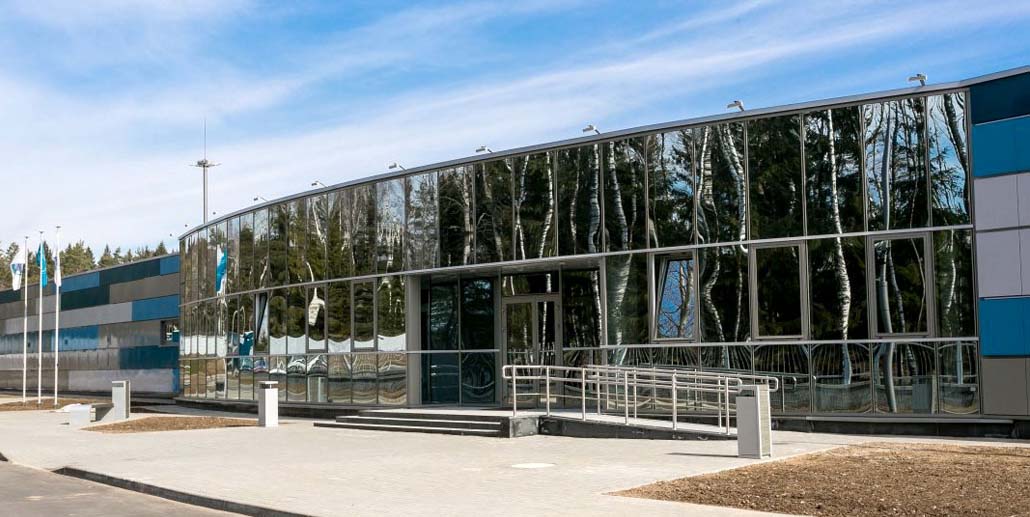
You can find out more about the data center on our website on the beCloud page.
Other data centers were designed according to Tier III standards and also provide high reliability. The proof of this is the other certificates that the data center has.
Two data centers from the leading North American company Cologix – NNJ3 in New Jersey and TOR3 in Toronto have certificates: ISO 27001, HIPAA Assessment, SOC 1 Type II, SOC 2 Type II, PCI DSS, confirming that data centers meet a high level of reliability, and the data stored there is safe.
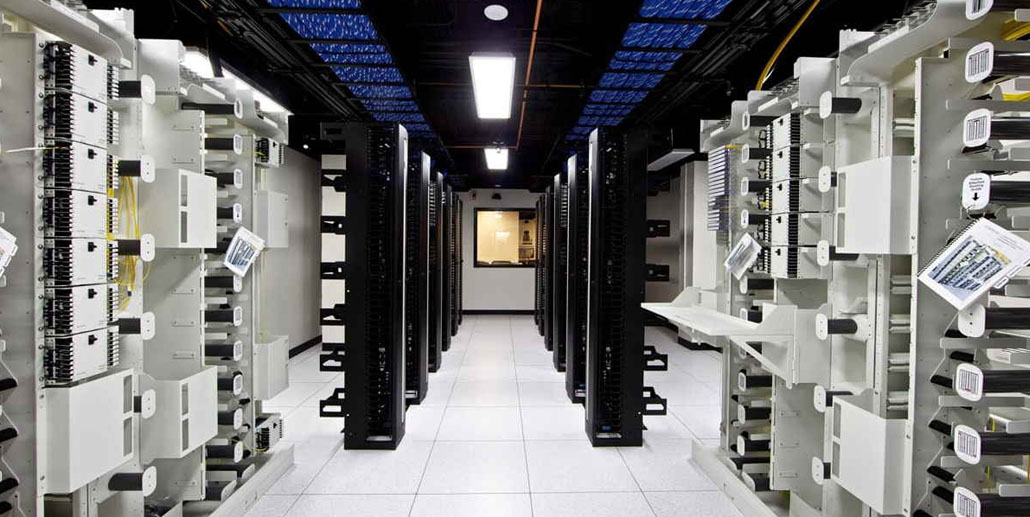
AM2 is a European data center located in Amsterdam, has certificates of a high level of reliability and operates according to the PCI DSS standard. The data center, located in Amsterdam, is owned by Equinix, Inc., which is the world's leading provider of data center services. Equinox has more than 20 years of experience in the construction, management and maintenance of data centers, and is a recognized leader in the global market. AM2 offers advanced solutions and infrastructure for data storage, processing and exchange, providing a high level of reliability, security and availability.
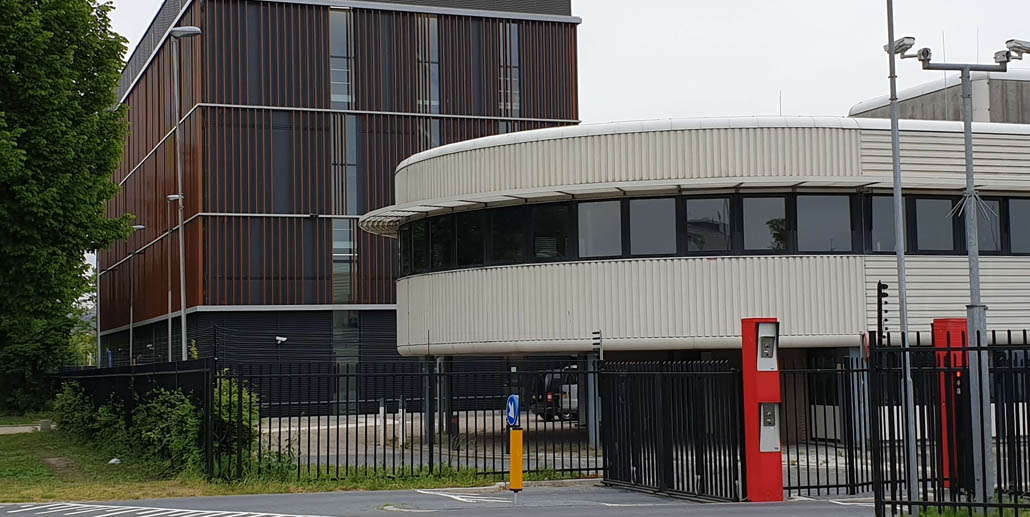
Serverspace also places the equipment in another location in the CIS, in the Republic of Kazakhstan. Kazteleport data center is located in Almaty, it is a modern data processing center (DPC) that provides customers with data storage, processing and exchange services, ensuring the reliability, security and availability of information systems. Built using modern engineering methods and practices.
The availability of a Tier III certificate for a data center means that it has passed the assessment and certification of compliance with the standards and requirements established by the Uptime Institute Consortium. Tier III certification confirms that the data center has a high level of reliability, availability and fault tolerance. It offers certain features and functionality that help minimize downtime and ensure the smooth operation of information systems. However, this is not the only indicator that reflects the reliability of the data center. Before choosing a location for hosting your data and deploying cloud servers, you need to carefully familiarize yourself with all the characteristics of the data center, consult with specialists and make a choice.




